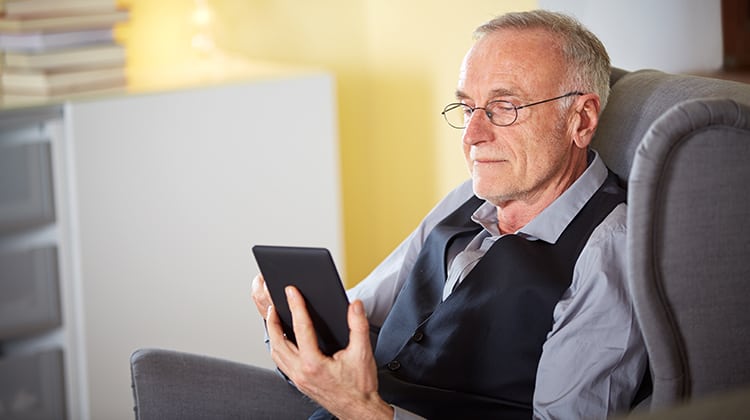Why Self-care is Critical for Patients with Heart Failure
One of the three causative factors for hospitalization for heart failure (HF) patients includes factors such as patients’ lack of adherence to self-care due to poor understanding or confusion. Home Health Care Management & Practice reported findings which suggest hospitalizations and subsequent readmissions for patients with heart failure can be reduced by engaging patients and increasing their knowledge of their disease and their self-confidence.
For recently hospitalized HF patients, the immediate post-discharge period has been termed the “vulnerable phase” as patients may be more likely to be rehospitalized without proper follow-up, guidance, and self-care. Self-care for HF patients includes knowledge and appropriate actions regarding medications, therapies, diet, and follow-up appointments. As the study indicates, patient-related factors during this vulnerable post-discharge period can be impacted by home health care as agency clinicians can help increase the patient’s knowledge and confidence in managing their HF.
How the Teach-Back Method Can Help
Home health care clinicians assume a critical role in caring for HF patients and helping to lower their risk of readmission. The study concluded that in-home assessment and tailored education are essential interventions for patients to learn safe and proper HF self-care.
Participating home health nurses used the teach-back method to effectively assess a patient’s knowledge and need for reinforcement of past educational topics. The teach-back method is a recognized communication approach and often the first step to helping someone with a health problem. As the AHRQ states, “effective clinician-patient communication is assured because patients are asked to ‘teach back’ what they have learned during their visit.” Patient-provider communication is enabled as patients are asked to “use their own words to explain what they need to know about their health, or what they need to do to get better.” The teach-back method may be employed during the initial at-home visit but it can also be leveraged during subsequent visits – whether virtual or in-person.
The Value of a Communication Platform
At the hospital, home health agencies can use a virtual care communication platform to initially engage HF patients via video and discuss the next steps upon one’s return home. The teach-back method can be effectively used educate the patient on his/her condition and his/her role in self-care. During the “vulnerable phase,” a home health agency can use Synzi’s communication platform to schedule a series of in-person visits and video-based virtual visits which enable the home health clinician to review the patient’s condition, disease understanding, and recent actions. Emails, secure messages, and texts can also be used in between virtual visits to reinforce behavioral modifications, encourage appropriate exercise and nutritional adjustments, and drive medication adherence. Ongoing engagement will help the agency address patient’s barriers and issues to lifestyle changes and to also reconcile medications with prescribers and pharmacists in real-time.
Patients should be continually engaged in order to increase their knowledge of their disease, their self-confidence in managing their health, and their understanding of what they can do to stabilize their health. Using a communication platform to strengthen an HF patient’s approach to self-care can reduce hospitalizations and enhance the quality of life for these patients.

